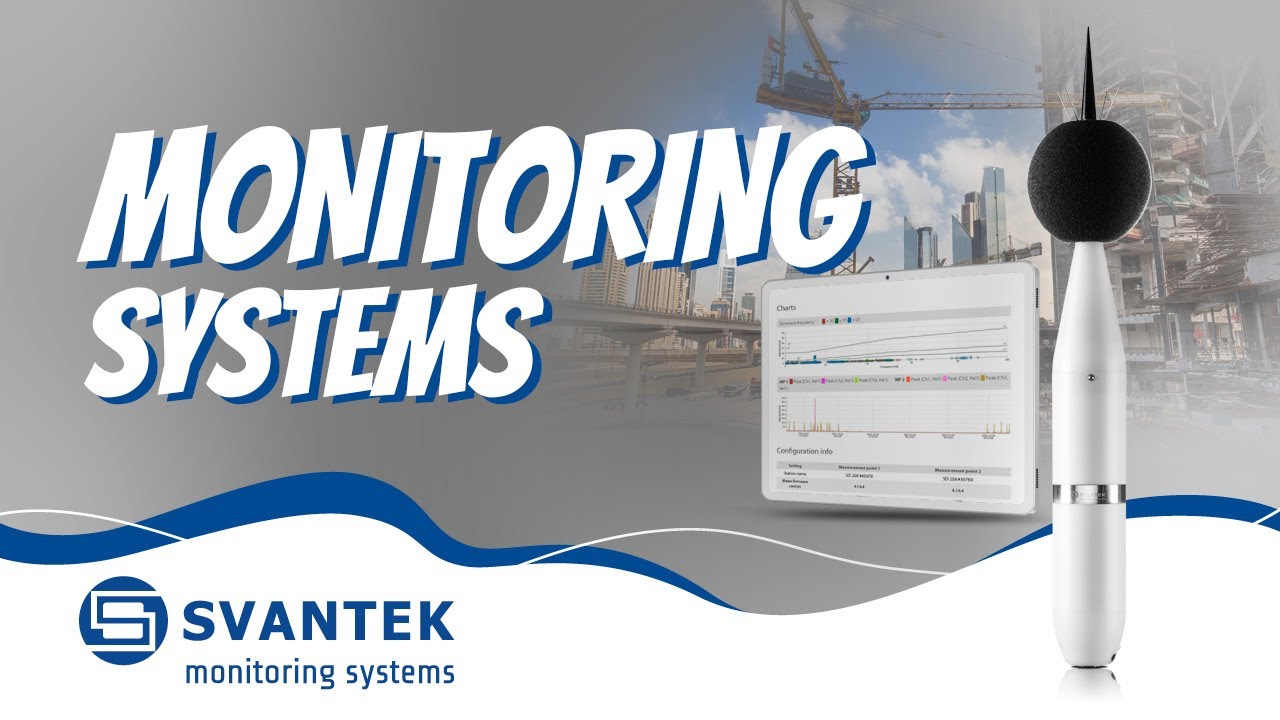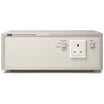Environmental Noise
Environmental noise pollution definition

What are environmental sounds?
Environmental sounds are sounds that surround us in our everyday lives as background sounds are constant. Environmental sound examples are the usually low-level sound of leaves rustling in the wind or traffic noise from a distance.
What is considered environmental noise?
Environmental noise is defined as an unwanted loud sound in an environment that can interfere with normal activities such as sleep conversation, or concentration and cause negative health effects. Environmental noise is also called noise pollution.
What is environmental noise pollution?
Environmental noise pollution is a harmful outdoor sound created by environmental noise sources such as transportation, construction, manufacturing, and recreational activities. Some common examples of environmental noise pollution include road traffic noise from cars and trucks, construction noise, manufacturing noise, or unwanted sound from recreational activities.
What are the types of noise pollution?
Following the Noise Directive main types of environmental noise, include traffic noise, railways, airports, and industrial sites.
What are the effects of environmental noise?
Environmental noise exposure can cause a variety of health problems effects, including hearing loss, tinnitus, and cardiovascular disease. It can also negatively affect mental health, leading to problems such as sleep disturbance, anxiety, and depression.
Noise protection
Guidelines
Environmental Noise Directive in Europe
Assessing the exposure of the population to environmental noise in Europe is legally required by the Environmental Noise Directive (END). The directive was first adopted in 2002 and it aims to protect human health and quality of life from the harmful effects of exposure to ambient (outside) noise. The directive requires European countries to create strategic noise maps and action plans to address the problem of environmental noise.
Noise Control Act in the US
In the United States, the Environmental Protection Agency (EPA) retains authority to investigate, study environmental noise and its effects, and evaluate the effectiveness of existing regulations for protecting public health and welfare under the Noise Control Act of 1972. The Noise Control Act of 1972 establishes a national policy to promote an environment for all Americans free from noise that jeopardizes their health and welfare. The Act also serves to establish a means for effective research and activities to limit noise and provide information to the public about noise emission and noise reduction characteristics of products.
Environmental Protection Act 1990 Noise in the UK
In the UK, the Environmental Protection Act was passed to help protect the environment from noise effects. The act states that any person who is responsible for creating an unwanted sound that exceeds certain levels is guilty of an offense. This includes both businesses and individual homeowners. To enforce the act, local councils have the power to issue Noise Abatement Orders. These orders can require the person responsible for the noise to take steps to reduce it, such as using quieter equipment or insulating their premises. Failure to comply with the Noise Protection Act can result in a fine.
Environmental protection noise regulations 1997 in Australia
In Australia, the Environment Protection (Noise) Regulations 1997 aim to protect the community from the harmful effects of noise. The regulations place controls on the emission of noise from a range of sources, including industry, construction sites, vehicles, and equipment. The regulations also contain provisions for the control of noise from public events and nighttime entertainment venues (night noise guidelines). In addition, the regulations require businesses to take measures to reduce noise emissions, such as using silenced machinery and installing soundproofing materials. By reducing noise levels, these regulations aim to improve the quality of life for all Australians.
World Health Organization Guidelines
The environmental noise guidelines of the World Health Organization provide a basis for estimating the number of people exposed to unhealthy noise levels from different sources of environmental noise (road, rail, and aircraft). In addition, the WHO guidelines also provide exposure-response functions for health outcomes, including noise annoyance and sleep disturbance, as well as risk ratios for cardiovascular health outcomes to quantify the number of people suffering from specific noise-related health effects.
What is environmental noise control?
Environmental noise control is the process of reducing levels of noise in a given environment. Noise control uses data analysis from noise monitoring to create a successful noise mitigation strategy.
What are the noise control methods?
The methods of noise control include traffic limitations, soundproofing, sound absorption, and active noise cancellation. Soundproofing involves using materials that block or reflect sound waves, while sound absorption uses porous materials to absorb sound energy. Active noise cancellation uses electronic devices to cancel out unwanted noise.
What are some examples of noise control?
An example of noise control in the environment is planting trees to block or deflect the noise. A more complex example is the installation of sound-dampening panels in a factory.
What is environmental noise measurement?
Environmental noise measurement is the short-term or long-term assessment of noise in a given environment. Noise measurements are typically taken at specific locations within an environment, for example, close to a busy road. The results of environmental noise measurements can be used to develop noise control strategies.
What is noise monitoring?
Environmental noise monitoring is the long-term measurement of noise to assess noise pollution in a given area with the use of noise monitoring systems. The objective of environmental noise monitoring is to identify sources of noise pollution and assess their impact on the surrounding community. Examples of noise monitoring are the assessment of the impact of new construction projects or the monitoring of compliance with noise ordinances.
What are the methods used to measure noise?
The International Organization for Standardization (ISO) guides how to properly assess and manage noise in the environment. The ISO 1996 standards series describes noise monitoring in community environments, taking into consideration short-time measurements as well as continuous noise monitoring. The methods and procedures are intended to apply to noise from various sources, such as traffic noise, transportation noise, aircraft noise, or industrial noise sources.

Environmental noise monitor























































































































